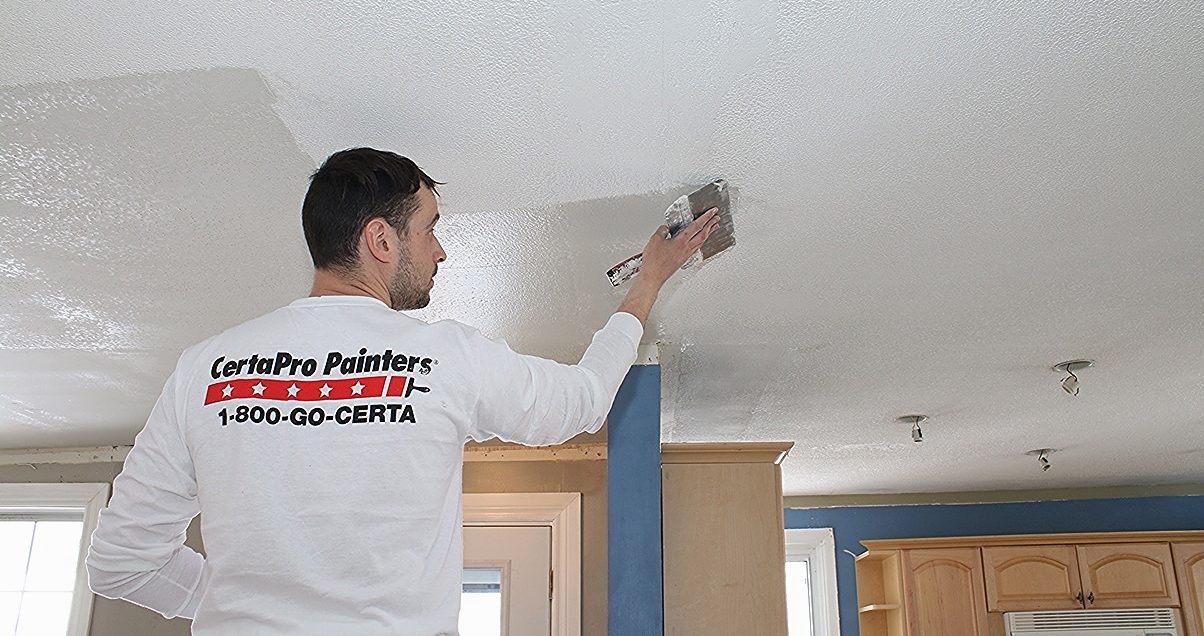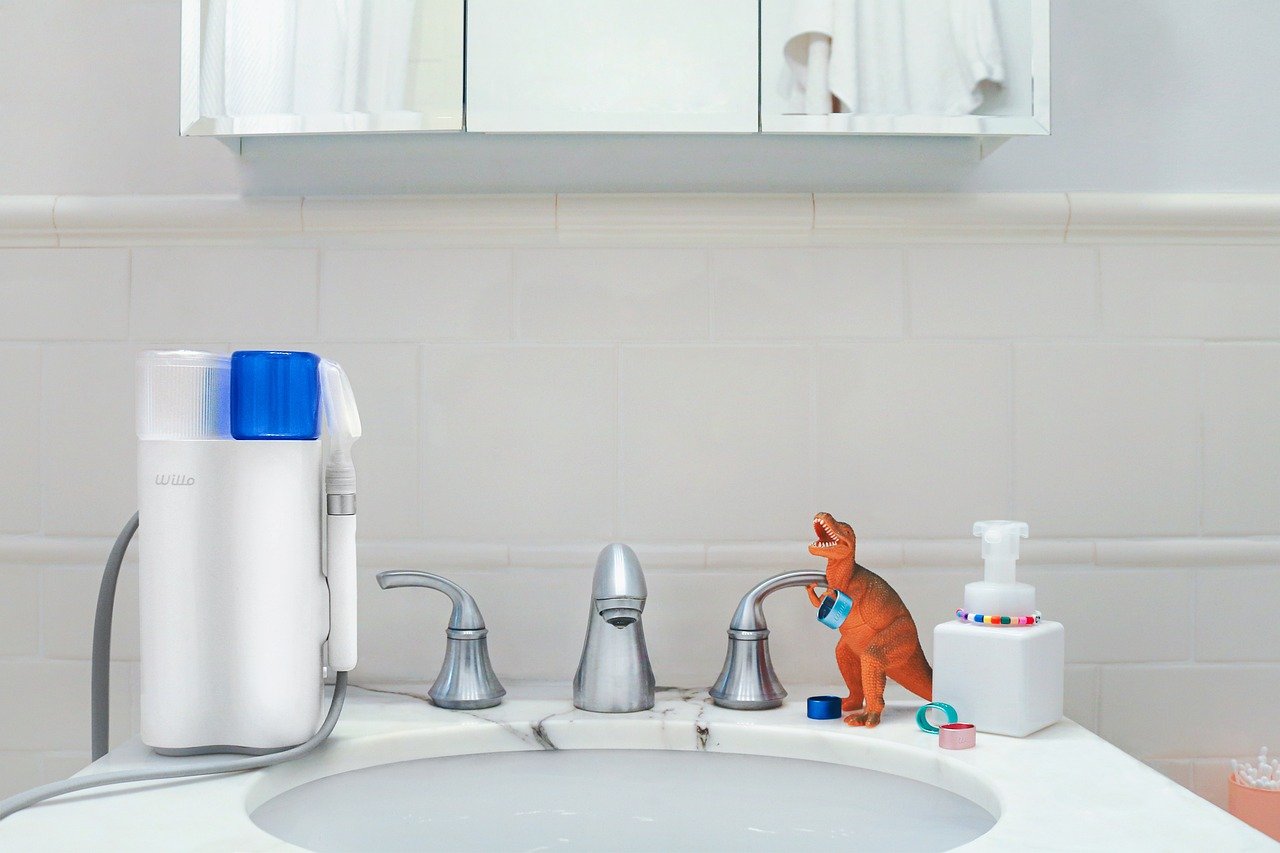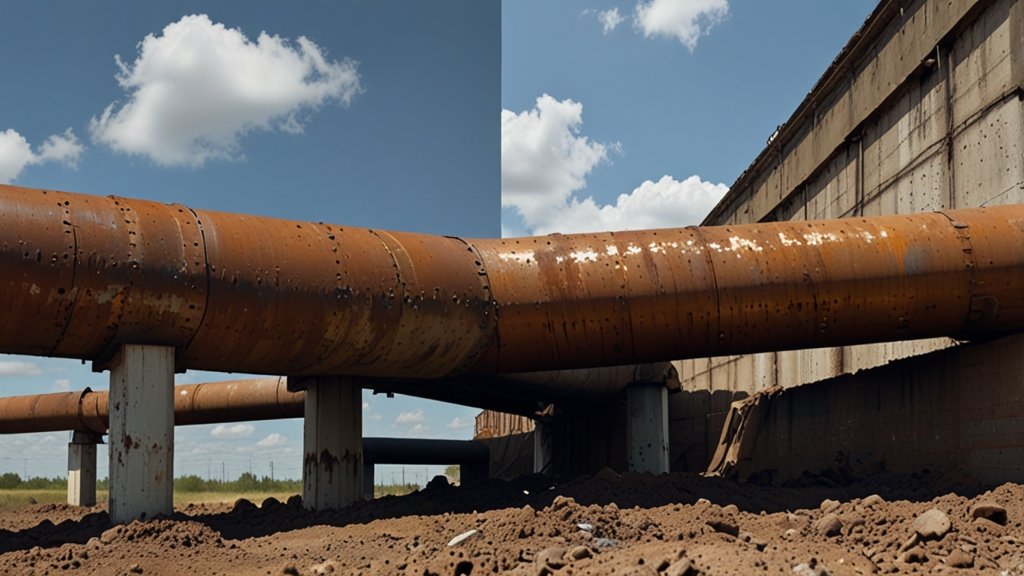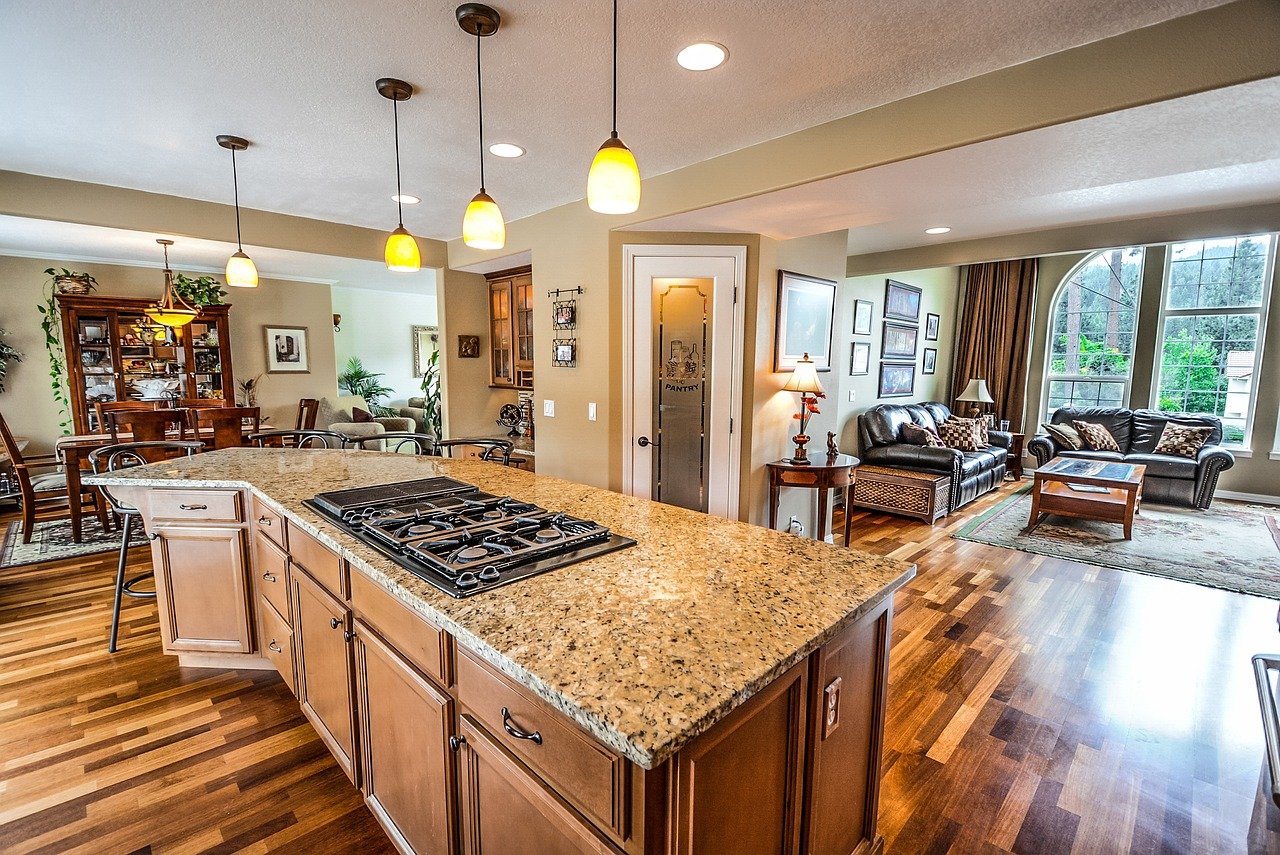Popcorn ceilings—those bumpy, textured surfaces often found in older homes—were once all the rage. Today, they’re more likely to draw sighs of frustration than admiration. If you’re a homeowner considering popcorn ceiling removal, you’re not alone. Many are choosing to eliminate this dated feature for aesthetic, practical, and even health-related reasons.
This guide will walk you through everything you need to know about popcorn ceilings, including their history, removal methods, popcorn ceiling removal price, and alternatives. By the time you’ve finished reading, you’ll feel confident tackling this home improvement project!
What Is a Popcorn Ceiling, and Why Remove It?
A popcorn ceiling, also known as a textured or acoustic ceiling, is a bumpy, spray-on finish that became popular in mid-20th-century homes. Its textured appearance resembles popcorn or cottage cheese, providing added soundproofing and concealing imperfections in drywall.
While these ceilings were convenient when originally installed, they’ve fallen out of favor due to their outdated look, difficulty to clean, and health concerns such as asbestos. Removing popcorn ceilings modernizes your space, boosts home value, and ensures a cleaner, safer living environment for your family.
The Popcorn Ceiling Era
A Brief History
Popcorn ceilings became trendy in the 1950s and remained popular through the 1980s. Builders favored them because they could quickly and economically hide drywall flaws, saving time and labor costs. The textured surface also had sound-dampening properties that were ideal for noisy homes.
However, in the late 1980s, concerns over the use of asbestos in popcorn ceiling materials—combined with changing tastes in home décor—led to their rapid decline.
Reasons for Their Decline
Here’s why popcorn ceilings are no longer popular:
- Outdated Appearance – Modern homeowners prefer clean and smooth ceiling finishes for a refined aesthetic.
- Maintenance Issues – Dust, cobwebs, and dirt cling to the rough texture, making these ceilings difficult to clean.
- Health Hazards – Older popcorn ceilings containing asbestos pose serious health risks if disturbed.
Popcorn Ceiling Removal Options
DIY Removal
Opting to remove a popcorn ceiling yourself offers cost savings but demands significant preparation and effort.
Pros:
- Lower cost compared to hiring a contractor.
- Provides a sense of accomplishment for the DIY enthusiast.
Cons:
- Labor-intensive, time-consuming, and messy.
- Risk of asbestos contamination if the ceiling was installed before the 1980s.
- Requires the purchase of specialized tools and materials.
Professional Services
Professional removal services take the burden off your shoulders and ensure a seamless process.
Pros:
- Experienced contractors can quickly and safely remove the textured ceiling.
- They’re equipped to handle hazardous materials like asbestos.
Cons:
- Higher cost compared to DIY removal.
- Requires coordinating schedules with a contractor.
Ultimately, the choice between DIY and professional removal depends on your budget, available time, and expertise.
The Process of Popcorn Ceiling Removal
Want to tackle removal yourself? Follow these steps for a safe and efficient process:
Step 1. Preparation
- Clear the room of furniture and cover the floor with plastic sheeting or drop cloths.
- Shut off power to your ceiling lights and remove them, if possible.
- Wear protective gear, including gloves, goggles, and an N95 mask.
Step 2. Test for Asbestos
- If your home was built prior to 1980, test a sample of the ceiling for asbestos with an approved kit or professional testing service.
Step 3. Softening the Texture
- Spray the ceiling with warm water to soften the texture, letting it soak for 15–20 minutes.
Step 4. Scraping the Popcorn Texture
- Use a wide putty knife or ceiling scraper to gently scrape away the softened material.
- Use minimal pressure to avoid damaging the drywall underneath.
Step 5. Repair and Sand
- After scraping, patch any holes or uneven spots with joint compound.
- Sand the ceiling to create a smooth surface for painting or finishing.
Step 6. Cleanup
- Dispose of the removed material according to your local regulations.
The Cost of Popcorn Ceiling Removal
The cost to remove popcorn ceiling depends on several factors such as room size, ceiling height, and whether asbestos testing is required. Here’s what to expect:
- DIY Removal Costs: $100–$200 (tools and materials only).
- Professional Services Costs: $1 to $3 per sq ft for non-asbestos ceilings; $3 to $7 per sq ft for asbestos ceilings (including removal and disposal).
While DIY may seem economical, professional services may often be worth the expense for guaranteed safety and efficiency.
Alternatives to Popcorn Ceilings
Once your popcorn ceiling is gone, you’ll need to decide on a replacement. Consider these modern options:
- Smooth Ceilings – Simple and clean, a smooth finish offers a timeless look.
- Beadboard Paneling – Adds character and texture, ideal for rustic or farmhouse interiors.
- Coffered Ceilings – Incorporate elegant, recessed panels for a luxurious feel.
- Wood Planks – Create a warm, natural vibe with wooden ceiling panels.
These alternatives not only enhance your home’s style but may also add to your property’s resale value.
Health and Safety Concerns
When removing a popcorn ceiling, it’s essential to address health and safety risks effectively.
Asbestos Risks
Popcorn ceilings installed before 1980 may contain asbestos, a dangerous substance linked to severe respiratory issues. Disturbing these materials releases harmful fibers into the air. Always test for asbestos beforehand and consult professionals for safe removal if it’s found.
Dust and Debris
Even if your ceiling is asbestos-free, the removal process generates a lot of dust and debris. Protect yourself by using proper ventilation and wearing protective gear.
By prioritizing safety, you’ll ensure that your renovation project is a positive experience without unnecessary risks.
Transform Your Home Today
Whether you’re drawn to the sleek charm of smooth ceilings or the unique appeal of paneling, removing popcorn ceilings is the first step to transforming your home’s interior. By understanding the pros and cons of DIY removal and professional services, you’ll be prepared to make the best decision for your space.
If you’re ready to upgrade your ceilings but need expert help, reach out to trusted contractors to bring your vision to life. Your dream home is just a few steps away!
Investing time and effort into removing popcorn ceilings can make a noticeable difference in the look and feel of your home. Whether you choose to tackle the project yourself or hire professionals, the result is a modern, clean aesthetic that enhances both your space and its overall value. Take the leap toward creating a home that reflects your personal style and enjoy the transformation for years to come. To learn more about the process, read more.










